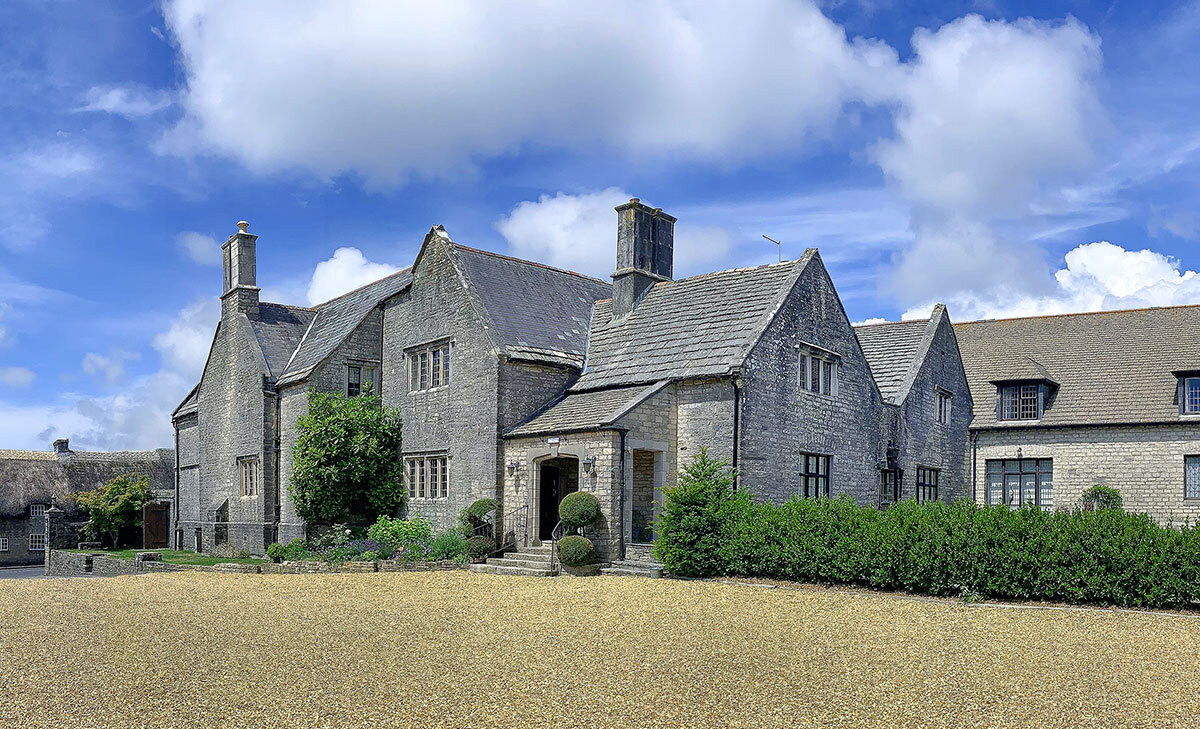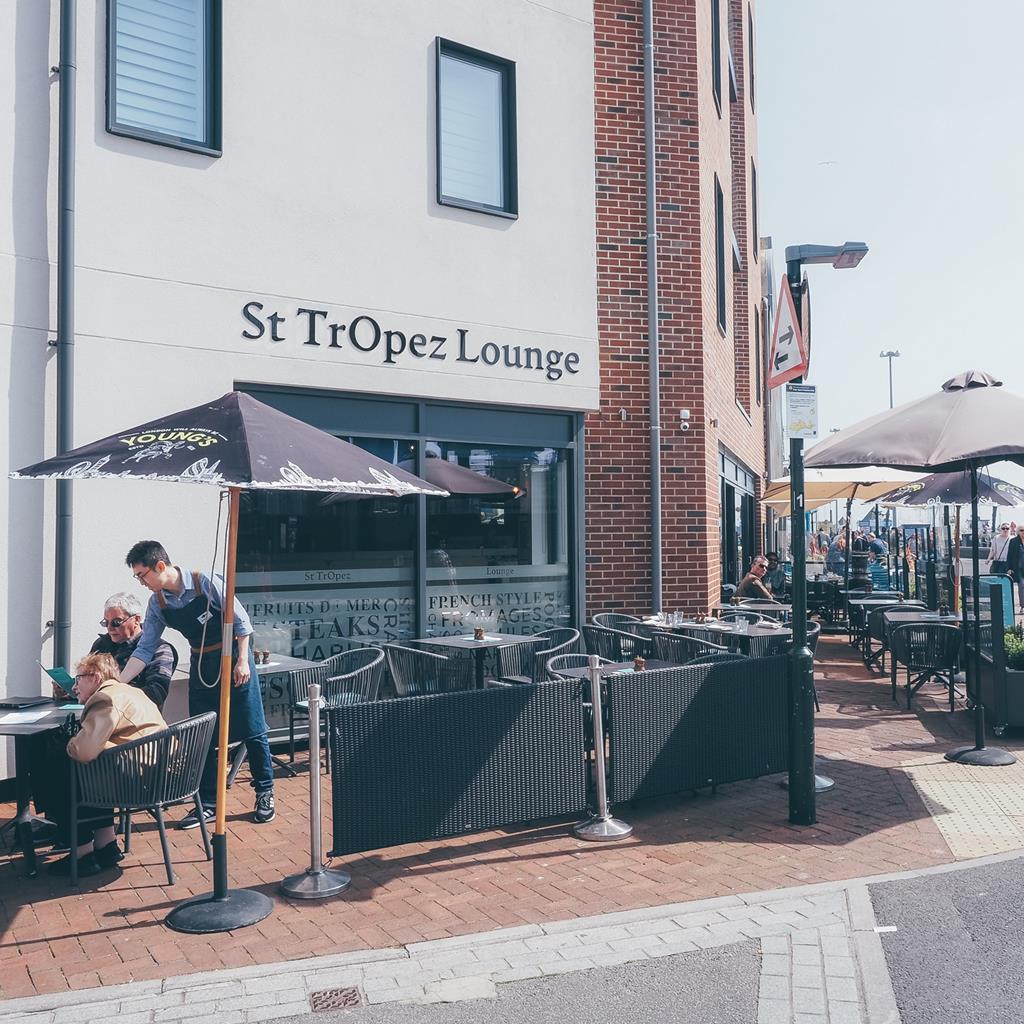This quality park situated in the village of Wool is well placed for visiting the many…
Lawrence of Arabia's retreat at Clouds Hill

6 miles (9.7kms)
About the walk
Captain T E Lawrence continues to fascinate, thanks in part to David Lean’s iconic 1962 film, Lawrence of Arabia. Thomas Edward Lawrence was born in 1888 in North Wales. As an Oxford undergraduate he undertook a 1,100 mile (1,769km) walking tour of Palestine and Syria, collecting material for a thesis on Crusader castles. He went on to work as an archaeologist in Syria, and took odd jobs on wanderings throughout the Middle East and Greece. He gained a knowledge of Arab life that was invaluable during World War I, when he was posted to military intelligence in Cairo. Lawrence was a leader with a driving personality and deep knowledge of strategic warfare. His courage and adoption of Arabic dress made him a heroic figure of the day.
Lawrence remained involved in Arab affairs after the war, lobbying unsuccessfully for Arab independence. Finding fame a heavy burden and dissatisfied with what he described as ‘the shallow grave of public duty’, he joined the RAF in 1922, seeking a regular life as Aircraftsman Ross. But he was discovered, so he joined the Tank Corps at Bovington in 1923 as Private T E Shaw, and moved to Dorset, where he bought the house at Clouds Hill as a retreat. It is a bachelor house, surrounded by rhododendrons, with well stocked book shelves, a gramophone, comfortable firesides and few frills. It became his ‘earthly paradise’. He finished writing his account of the Arab Revolt, The Seven Pillars of Wisdom (1926), here, and made friends with Thomas Hardy, then living in Dorchester. In 1925 Lawrence rejoined the RAF, helping to develop and test the speedboats of the fledgling air-sea rescue service. In 1935 he retired to Clouds Hill. However, on 13 May that year he went out to send a telegram. Returning on his Brough Superior SS-100, he swerved to avoid cyclists and was thrown from the motorbike. He died five days later at the age of 46 and was buried in Moreton churchyard.
Walk directions
At the corner of the car park, a memorial stone marks where Lawrence was fatally injured. Behind it, take a path signed for Clouds Hill, running to the right of the road. Soon you pass a second, older memorial stone. The path becomes sandy and heads uphill by the fence. Bushes screen Clouds Hill, to the left. Keep right, round the fence, and bear left to the road.
Turn sharp left along the verge, then at the junction cross the road on your right, to a waymarked path across Turners Puddle Heath Nature Reserve, a Site of Special Scientific Interest (SSSI). Go through a gate at the other side and walk up the road opposite, to pass Cull Pepper Cottage to a junction.
Turn left (‘Affpuddle’) for 50yds (45m). Opposite a second branch of the road from the north, turn left again on a firm path across Bryants Puddle Heath. Keep straight on where a track crosses onto the track ahead. This leads (southwest, bending south) through a gate into Okers Wood SSSI. Pass Okers Wood House and join its drive, which bends right then left to meet a road.
Cross the road and go straight on through more woods, with a field opening on your right. At the end of the field bear left for 150yds (140m) on a woodland path. As the woodland opens out to tall pines, bear right, at a Jubilee Trail waymarker. Follow the trail as it winds under the pines then through rhododendrons, bearing right over a tiny stream, to duckboards and finally a footbridge and stile at the end of the woods.
Bear half right across the field. Cross another footbridge and keep the same direction to a Jubilee Trail sign at the corner of a fenced copse. Head straight on along the left edge of this large field to a stile and fingerpost.
Cross the stile and turn right into the track. Go over a bridge, then bear right to cross a long bridge over a ford. Pass the former post office and a side road on the right to reach a three-way road junction. Walk straight ahead to visit St Nicholas churchyard (through a porticoed gateway on the right) with Lawrence’s grave at the far end. Return past the junction and turn right for the church. Retrace your route to waypoint 6 and keep straight on. In 150yds (140m) take a track on the right (‘Bovington’) and, in another 300yds (275m), bear left (Lawrence of Arabia waymark). The broad track leads through a gate in woodland and across the heath to another junction.
Turn left, signed ‘Clouds Hill’ up the sandy track. Where it divides turn right (Lawrence of Arabia waymark), up hill. Where the track ends at the top of the hill, the range path ahead is fenced in, with yellow markers. It runs to the left of a tank track, to reach the road just left of the car park.
Additional information
Heathland tracks, forest, field and woodland paths
Open heath, woodland beside army training area, village
May need lifting over some stiles due to rabbit fencing
OS Explorer OL15 Purbeck & South Dorset
Car park on road between Bovington Camp and Clouds Hill
None on route
WALKING IN SAFETY
Read our tips to look after yourself and the environment when following this walk.
Find out more
Also in the area
About the area
Discover Dorset
Dorset means rugged varied coastlines and high chalk downlands. Squeezed in among the cliffs and set amid some of Britain’s most beautiful scenery is a chain of picturesque villages and seaside towns. Along the coast you’ll find the Lulworth Ranges, which run from Kimmeridge Bay in the east to Lulworth Cove in the west. Together with a stretch of East Devon, this is Britain’s Jurassic Coast, a UNESCO World Heritage Site and Area of Outstanding Natural Beauty, noted for its layers of shale and numerous fossils embedded in the rock. Among the best-known natural landmarks on this stretch of the Dorset coast is Durdle Door, a rocky arch that has been shaped and sculpted to perfection by the elements. The whole area has the unmistakable stamp of prehistory.
Away from Dorset’s magical coastline lies a landscape with a very different character and atmosphere, but one that is no less appealing. Here, winding, hedge-lined country lanes lead beneath lush, green hilltops to snug, sleepy villages hidden from view and the wider world. The people of Dorset are justifiably proud of the achievements of Thomas Hardy, its most famous son, and much of the county is immortalised in his writing.
Nearby stays
Restaurants and Pubs
Nearby experiences
Recommended things to do
Why choose Rated Trips?
Your trusted guide to rated places across the UK
The best coverage
Discover more than 15,000 professionally rated places to stay, eat and visit from across the UK and Ireland.
Quality assured
Choose a place to stay safe in the knowledge that it has been expertly assessed by trained assessors.
Plan your next trip
Search by location or the type of place you're visiting to find your next ideal holiday experience.
Travel inspiration
Read our articles, city guides and recommended things to do for inspiration. We're here to help you explore the UK.













